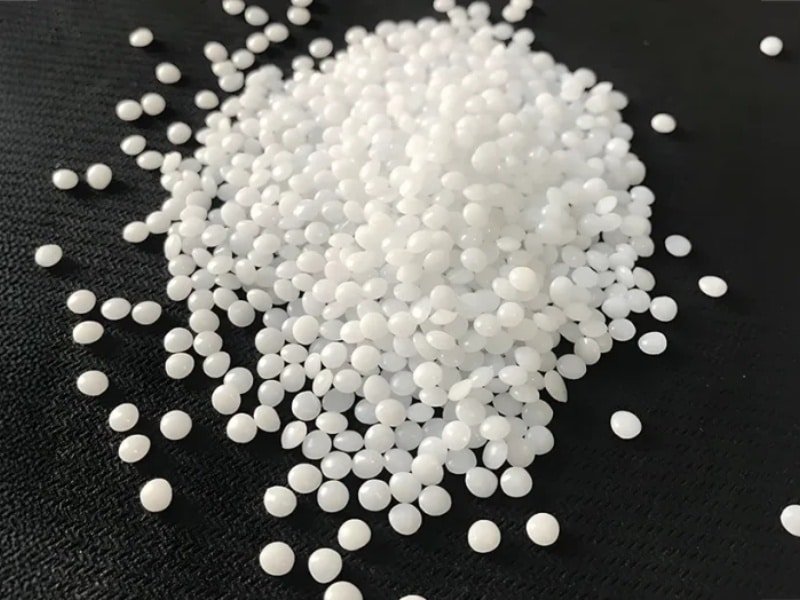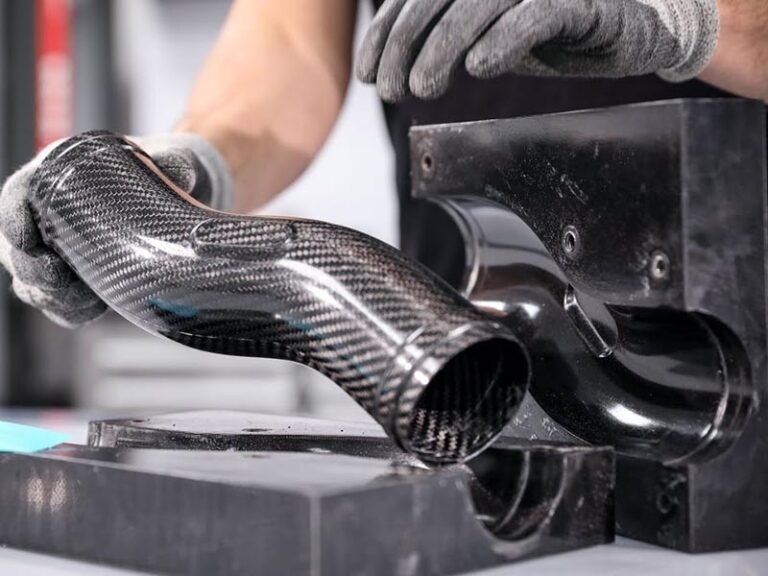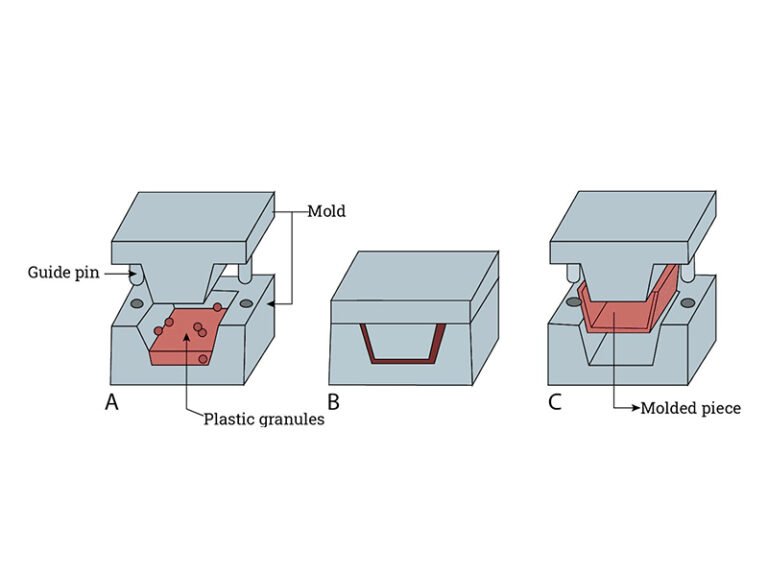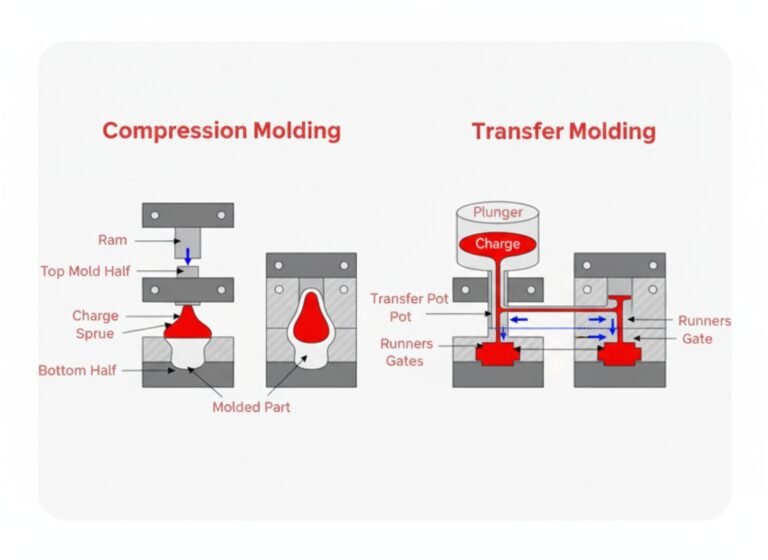Polyoxymethylene (POM), also known as acetal or Delrin, is a high-performance thermoplastic increasingly used in 3D printing for functional, durable parts. Its excellent strength, low friction, and dimensional stability make it suitable for demanding applications in automotive, aerospace, and industrial equipment. However, printing POM requires careful process control to address challenges like warping and adhesion. This guide provides an overview of pom plastic 3d print, including material properties, practical tips, common applications, and emerging trends.
What is POM?
Polyoxymethylene, commonly abbreviated as POM, is a thermoplastic polymer used in engineering applications. It is produced through the polymerization of formaldehyde and exhibits a semi-crystalline structure. POM has high tensile strength, typically ranging from 60 to 70 MPa, which provides durability in load-bearing components. The material demonstrates low friction coefficients. POM shows resistance to chemicals such as solvents, fuels, and oils, allowing it to perform in harsh environments. Its low moisture absorption rate ensures dimensional stability even in humid conditions.
There are two main types of POM: homopolymer and copolymer. Homopolymer POM results in higher crystallinity and stiffness. This type offers superior mechanical properties but can be more susceptible to degradation from ultraviolet light and certain chemicals. Copolymer POM has additional comonomers, which enhance its thermal and chemical resistance.
Advantages of POM 3D Printing
POM 3D printing offers distinct benefits specific to the additive manufacturing process, making it a valuable method for producing high-performance parts.
- High Precision in Complex Geometries: POM 3D printing enables the creation of intricate designs with tight tolerances.
- Efficient Production of Functional Prototypes: The process allows for rapid fabrication of durable prototypes that can be tested under real-world conditions. POM 3D printing eliminates the need for costly molds, enabling faster iteration cycles.
- Minimal Post-Processing Requirements: Parts printed with POM filament typically have smooth surface finishes due to the material’s consistent flow during extrusion. This reduces the time and cost associated with sanding or polishing, streamlining production workflows.
- Versatility in Small-Batch Production: POM 3D printing supports low-volume manufacturing without the high setup costs of injection molding.
- Enhanced Design Flexibility: The additive nature of 3D POM allows for the integration of features like internal channels or lattice structures, which are challenging or impossible to achieve with subtractive methods.
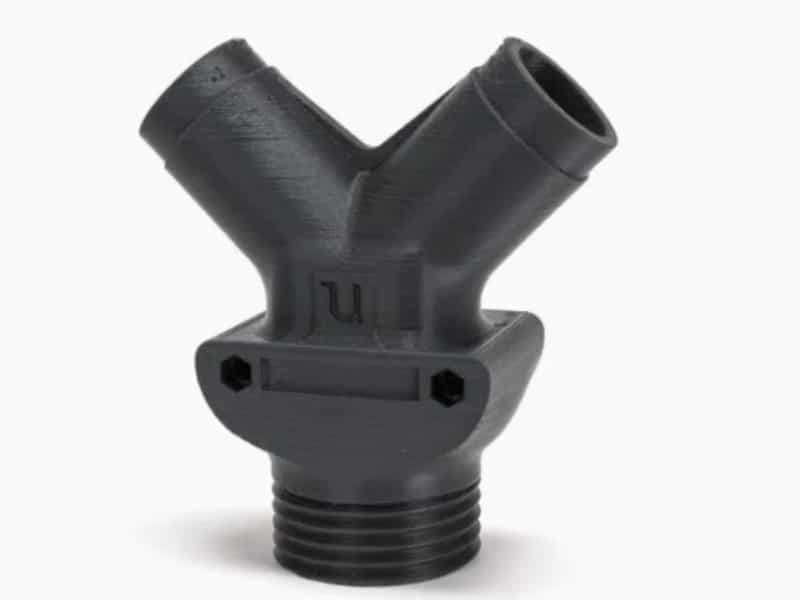
POM 3D Printing Service
Challenges of POM 3D Printing
Despite its benefits, POM 3D printing involves several challenges:
- Warping and Shrinkage: High crystallinity causes POM to shrink and warp as it cools, complicating print accuracy without careful temperature control.
- Temperature Requirements: The high melting point demands nozzle temperatures around 220°C to 260°C, which not all printers can reliably achieve.
- Build Plate Adhesion: POM’s low surface energy causes poor adhesion to standard print beds, increasing the risk of print failure.
- Closed Chamber Needed: Maintaining a stable ambient temperature and preventing drafts is critical to reduce warping.
- Fume Emission: Printing POM releases formaldehyde and other fumes, which require adequate ventilation or filtration.
- Limited Filament Availability: Specialized POM filaments are less common and often more expensive than standard materials.
Considerations for POM 3D Printing
When working with POM for 3D printing, several important factors must be carefully managed to ensure successful prints with high quality and reliability.
Nozzle Temperature
Nozzle temperature should be set within the range of approximately 210°C to 230°C. This range allows the POM filament to melt properly for consistent extrusion and good bonding between layers. Temperatures outside this range can lead to problems such as poor layer adhesion or overheating, which may cause surface defects or weakened parts.
Heated Bed Temperature
The heated bed temperature is generally recommended between 100°C and 130°C. This elevated bed temperature helps reduce warping by keeping the base of the print warm, promoting adhesion and minimizing the shrinkage stresses typical of POM during cooling.
Printer Environment
Using an enclosed chamber or enclosed printer setup is highly beneficial for POM 3D printing. It maintains a stable ambient temperature around the print, preventing drafts or rapid cooling that cause warping, layer separation, or cracking. If an enclosure is not available, supplemental heating devices or insulation may be necessary.
Print Speed
Print speed should be moderate to slow. Slower speeds allow better control to allow sufficient time for layer bonding and to minimize defects from rapid movement.
Adhesion
Adhesion to the build surface is a challenge with POM due to its low surface energy. It is recommended to prepare the build plate with adhesion aids to ensure the first layer sticks properly during the entire print. Uneven bed leveling or insufficient adhesion increases the risk of print failure due to warping or lifting during the process.
Cooling
Cooling fans should be used cautiously or disabled. Rapid cooling can lead to warping or cracking from thermal stresses. Minimal or no cooling during printing helps maintain uniform layer bonding and dimensional stability.
Applications of POM 3D Printing

POM 3D printing finds use in multiple industries due to its material properties.
- Automotive: Gears, pumps, and valve components.
- Mechanical Engineering: Bearings, sprockets, gears, and other moving parts.
- Aerospace: Structural supports and connectors.
- Medical: Prosthetic parts and tool handles.
- Consumer: Appliance fittings and sporting equipment.
- Industrial: Conveyor elements and precision slides.
- Electrical Industry: Insulating components and housings.
The Future of POM 3D Printing
Developments in POM 3D printing are expected to focus on material enhancements. Blends with carbon fibers could increase strength further. Software advancements, such as AI-driven parameter optimization, may reduce printing challenges like warping. Wider adoption in bioprinting could emerge with improved biocompatibility. POM plastic 3D print is poised for growth in precision manufacturing in the future.
Conclusion
POM 3D printing combines material advantages with additive manufacturing flexibility. Zhongde provides professional custom 3d fabrication, including FDM and SLS, to meet diverse needs. Zhongde is leveraging expertise and advanced equipment to achieve consistent quality parts that meet rigorous industrial standards. Contact Zhongde for consultations on POM projects.
